Which Club?
By Mark Lassagne
The right fishing rod will you catch more fish. Gary Dobyns the all money winner on the west coast has used a special rod made only for ripping a jerk bait, he says it is the key to catching more and better quality fish. Gary says if you not using the right rod you won’t get these fish to bite. Over a million dollars later, how can you argue with his success?
Most anglers are unaware
that the fishing rod is one of the most important tools to catching and landing bass. It’s true that you can use most any rod and catch fish. Just like you can play golf with any club, right? Standing in the Tee Box 395 yards to the pin and you can use your wedge for this shot; however, wouldn’t driver better? This may be a little extreme, but what about the guy tossing a buzz bait with a spinning rod? And Oh Yes, as a pro angler and guide I’ve almost seen it all. Each fishing technique has a rod that will work ok and one that works perfectly. I’m not saying you need a special rod for every technique, because then you would have as many rods as I do. But you should have a variety that will work for every technique you wish to employ.
Think about how many times have you gone out fishing to only land half of the fish that bit? What about? I thought that was a bite but “I’m not quite sure”. Do you know many bites do you miss on each outing? I will tell you this it is a lot more than you think. Do you have any idea what’s going on with your bait? Did your crank get bit, or go through the grass, a rock, wood, mud bottom? Can you make that cast? The one under the brush with the Frog like Rojas does on TV? Are you struggling with each cast? Missing bites, not knowing what’s going with your bait? These are only a few things that having the right rod will help you with.
I am often asked how do you know what rod to use each technique. It is similar to golf where different shot need different clubs. And like golf everyone is a little different. Some guys can hit 200 yards with a 6 iron and some can only make 100. We all have preferences and there is not an exact to either one, fishing or golf but we there rules. I like seven to eight foot rods when other guys use six or six and half foot rods. I cast hard and fast with a side arm and I use two hands and you may be totally different. We all have our own style that with time can see which rod will work best for us.
Most all fishing rods are made from either fiberglass or graphite. Both types of material look similar. The material looks like a piece of cloth picture a bed sheet, only black and much stiffer. The finer the weave the faster the action and this weave is measured in modulus. (Kind of like thread count) Fiberglass rods have a modulus of 6-13 million and graphite rods are from 33-70 million modulus. (IE: IM6 + 33,000,000 & IM7 42,000,000) A high modulus rod would be stiffer, faster, lighter and more sensitive but will also be more brittle, similar to the difference between Plexiglas and Glass. All rod blanks are not created equal a quality blank will be lightweight and engineered for a specific action. Rod designers spend many hours to achieve this right action.
The rod components are equally as important as the rod blank itself. The rod handle can be made of many different types of material such as wood, cork or foam. The handle should fit your hand comfortably and still firm enough to carry sensitivity. The reel seat should be made of a sturdy composite material and fit all major brands of reel firmly. A reel seat with a cut out for the blank allows for more sensitivity to your hand because you can touch the blank directly. The foregrip is mostly for look
s and a rod without a foregrip allows you touch the blank during the retrieve adding a little more sensitivity. Last we have the guides; the guides are one of the most important parts of the rod and also can be the costliest adding over a $110 to the manufacturing cost. A low quality guide will ruin even the best rod blank. A quality low profile lightweight guide will increase sensitivity and casting distance and is essential to a good rod. Quality guides will not wear out using braided line. There are a few manufactures the make quality guides with Fuji being one of the top ones. Fuji also employs a specialized technique for guide placement and the number of guides called the Fuji now guide concept. A complete description of the new guide concept can be found at www.fujitackle.com
Another important factor that is not visible by looking, you need to know if the rod builder or manufactures use the spline to line up the guides. The spline is like a seam in the rod blank which makes one side of the rod stiffer than the other. If the manufacture did not use the spline to line up the guides each rod even though it has the same part number will have a different action. Ask the manufacture if the use the spline to align the guides?
Sensitivity is one of the most important factors when choosing a rod. With a sensitive rod you will “with time” be able to decipher what is going on with your bait.
I love to fish shallow crank baits and when I first started I couldn’t tell the difference between a rock or fish, but using the right rod and a lot of practice I can now tell you everything that is happening. I can tell if a fish inhaled my bait and then didn’t get hooked. “Sure” You Say! But there have been many times when I missed a crankbait fish and then caught that fish on Senko. Isn’t that’s what fishing all about catching a few more fish.
Buzzbait and Spinnerbaits: With buzzbaits and spinnerbaits you will be casting continuously so a lightweight rod is important. Sensitivity is also something needed for spinnerbait because many times the fish will bump the blades before the actual strike. A six foot rod will give you a little more casting accuracy but a seven / seven and half foot rod will give your more hook setting power, leverage and casting distance. A rod with a slower tip will give the fish a little more time to inhale the bait before you set the hook. These baits use a single hook allowing you to put more pressure on the fish during the fight so a medium action to medium heavy rod would allow enough power to land the fish. The tip needs to be flexible enough to cast the lure accurately.
Best Rod: Lightweight, Sensitive, 6 ½ to a 7 ½ foot rod with a Medium action and a Medium soft tip. Dobyns and Powell part numbers (664) (704) (754) First two numbers are the length and the third is the power or stiffness.
Crankbaits and Top Water Plugs:
Crankbaits and top water plugs you will continuously casting so like spinnerbaits weight is an important factor. Sensitivity is also important not so much for top water but for cranking it is more important that you might think. A seven-foot rod is good for long casts and large baits and a six to six and a half-rod would be more accurate, adjust the rod length to your type of fishing. Like with a spinnerbait rod a crankbait / top water rod should also have light tip allowing the fish time to inhale the bait before you set the hook. With cranks and top water they have treble hook which can pull out if you put too much pressure on the fish so a fiberglass rod will give the extra flex to keep those hooks from coming out. I personally like graphite rods; however, many anglers believe in fiberglass. A medium light to medium action is usually best with as long as it has enough backbone to get a good hook set and flexible enough to fight the fish. The tip on a crank/top water rod needs to be light and flexible but sturdy enough to cast the weight plug you are fishing. A 1/8 -oz plug would need a light tip when a 3/4-oz plug would need a medium tip.
Best Rod: A lightweight, sensitive 6 foot rood for fishing close targets and a 7 to 7 ½ foot rod for open water, medium action and a light tip.
Part Numbers (602) Light weight target fishing, (703) Open water and larger cranks (704) or (764) Deep diving cranks
Worms & Jigs: As worm fishing varies greatly from East to West. Out west we use 3 to 4 inch worms all the time in water from 5 to 60 feet deep. When fishing deep water the two most important factors are sensitivity and weight. Sensitivity because if you don’t your getting a bite you won’t catch the fish and weight because you will be holding the rod up in the 9 to 10 o’clock position for a long period time. Use a 6 1/2 to a 7 1/2 foot rod depending on your preference and the type of structure your fishing. I prefer a 7 foot rod when fishing deep 20-60ft and a 7 1/2 when fishing 5-20ft deep. Graphite rods are lighter, more sensitive and faster by nature than fiberglass. Even though you want to give the fish time to inhale the bait, you want a fast rod with a medium backbone to get a good fast hook set. Also enough back bone to get the fish out of any structure it may be in. The tip is also an important factor; you want a soft enough tip so you can maintain tension on the fish at all times. Ma
ny times when you are fishing deep only the point of the hook is in the fish and if you let any slack in the line the fish is gone. We’ve all done it…..she wasn’t hooked good….no you let her go. Without enough tip tension you can get slack in the line and loose that fish when it gets close to the boat.
Best Rod: A lightweight, very sensitive rod 6 1/2 to 7 ½ foot graphite rod with a medium action and a medium light tip. One exception is drop shotting using an open hook this method does not require a hook set and a limber rod makes it easier to land the fish.
(664) Deep worming (704) for lighter baits and (705) for heavier baits and football jigs
Flippin & Pitchin: When flippin you will be holding the rod near the nine o’clock position, making a pendulum motion on a continuous motion. Weight is an important factor when holding the rod up for long periods of time. Flippin rods are designed for removing fish from heavy cover in shallow water. The recommend size would be from seven to eight foot long; many tournament circuits do not allow a rod longer than eight foot.(be sure and check the rules) A good choice may be a 7 1/2 half because it is a little easier to pitch the bait. Pitching and flippin go together. Another thing to look at is the tip, make sure the tip has some flexibility this will make
it easier to make a quite entry and allow you to pitch the bait when necessary. The flippin stick should be made from light weight graphite and have a stiff backbone to pull those fish form the heavy cover. Bigger jigs and heavy baits may require a heavier rod. If you’re using an 1 ½ oz weight and punching through the junk your rod will need to be heavier than the standard flipping stick. Sensitivity is important but most of the time you will see you line move before you feel the strike. Many of these rods are telescopic too allowing for easier storage in your boat locker.
Best Rod: A lightweight 7 ½ to 8 foot graphite rod with a stiff backbone and a medium fast tip. The heavier the bait / weight the stiffer the rod.
(765) (766) (805)
Swimbaits: And now we all have to a get a new rod to toss that g
iant hunk of plastic or do we need a new set of rod? Swimbaits come in so many shapes and sizes it is a category it’s self. Hopefully I can take a little of the mystery out of the rod selection. You may want to go back and read my story on a Big Hunk of Plastic (May / June). Here is what I use for my swimbaits. For the smaller style swimbaits in the 6 inch range I use my spinnerbait rod 7 ½ (754)
Swimbaits in the 7 to 9 inch range are usually heavier and require a heavy rod in the 7 to 7 ¾ foot inch range for these type baits I use a (765) or a (766)
Swimbaits larger than 8 inches are very heavy and can be a work out to say the least. These types of baits require a special rod designed for swimbaits only. Many manufactures sell these specialty rods are 8 feet or longer, have a longer handle, sturdy reel seat and are an extra heavy action. (806) or (866)
Powell has also has a listing for specific techniques: www.powellco.com/index.html
I hope I gave you some guidelines to finding the right rod for yourself. Finding the right club is not an exact science, like golf were are different and have different styles. My experience has come from years of trial and error, tournaments, missing fish, losing fish and the desire to do it right. In addition, to0 my own fishing experience I worked as a product manufacture overseeing the design and manufacturing process of a line of rods.
See more and learn more with articles like this in the Bass Angler’s Guide Magazine, order a copy or subscribe today at www.bassanglersguide.com
Mark Lassagne free lance writer, pro bass angler, publisher, and bass guide would like to give a special thanks to his sponsors:
Skeeter Boats , Yamaha Outboards, Gone Fishin Marine, U.S. Reel, Pepper Custom Baits, Jackall, Fisherman Eyewear, Sniper Lures and McCoy Fishing Line
This article was printed in the 2005 Northern Edition of the Bass Angler’s Guide..get it here
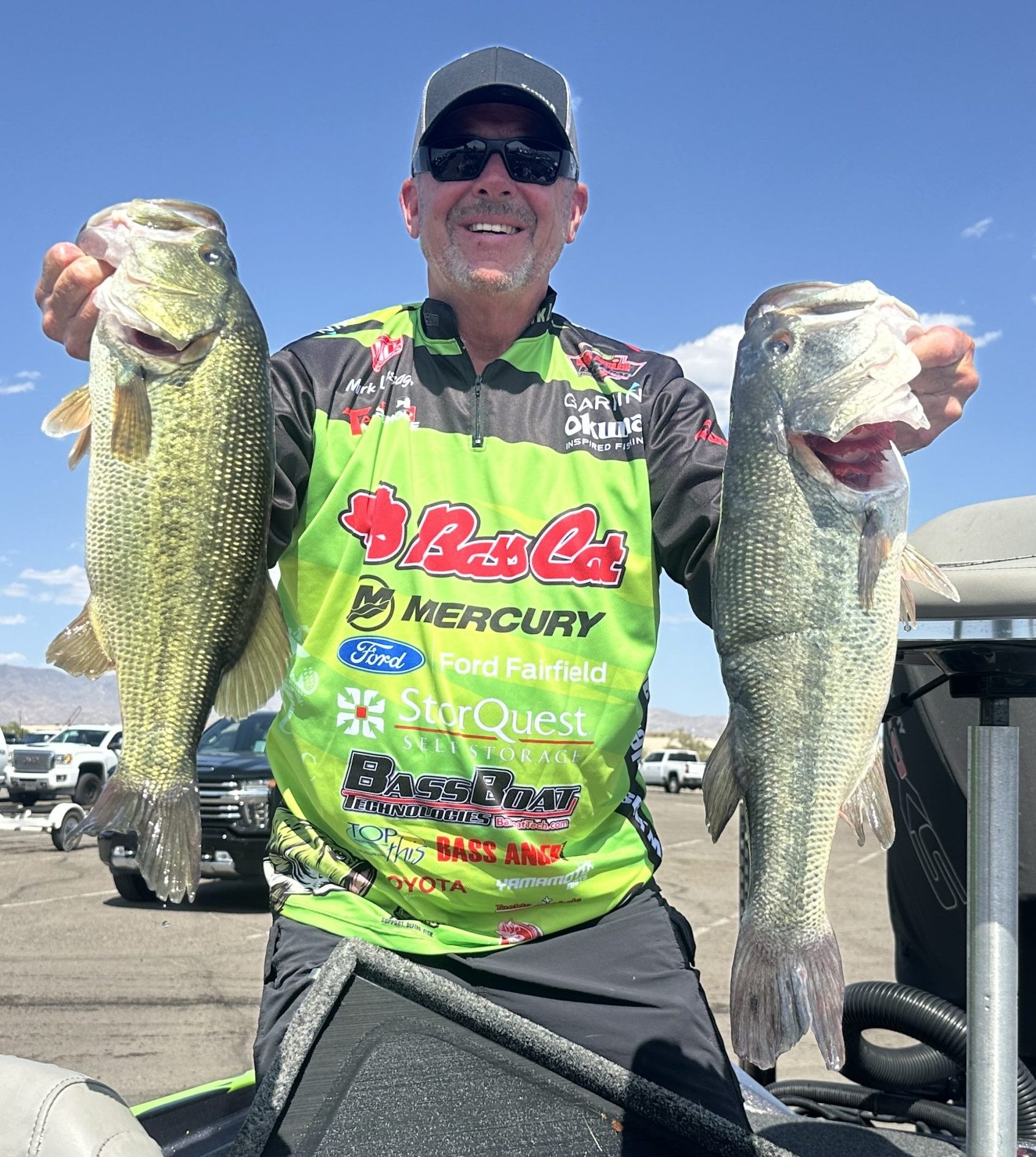
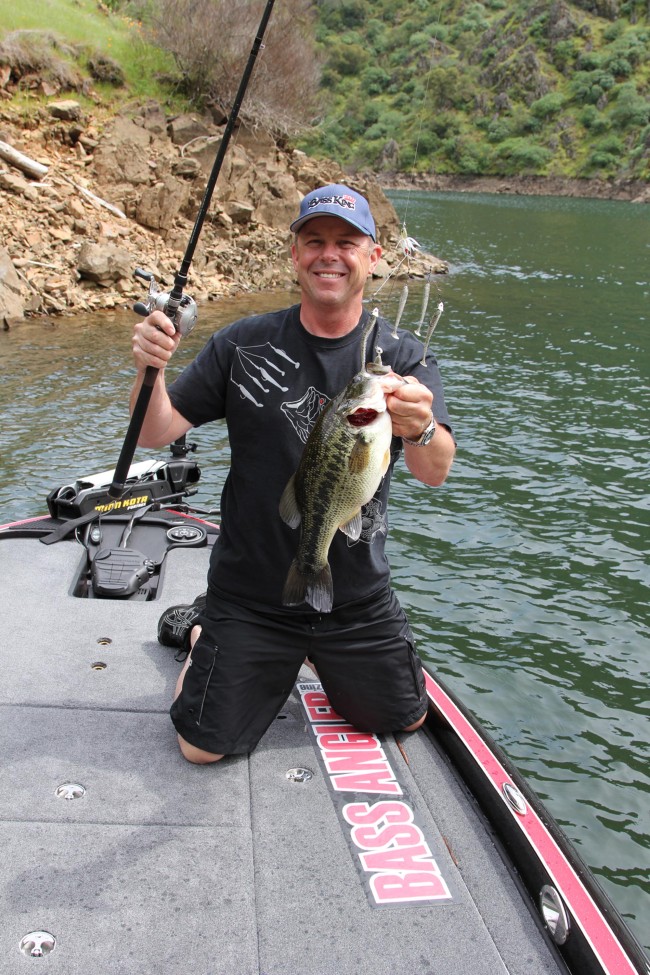

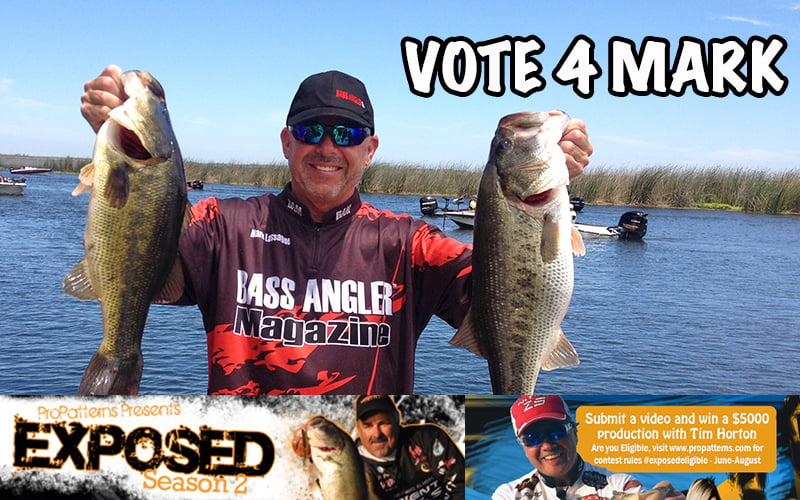
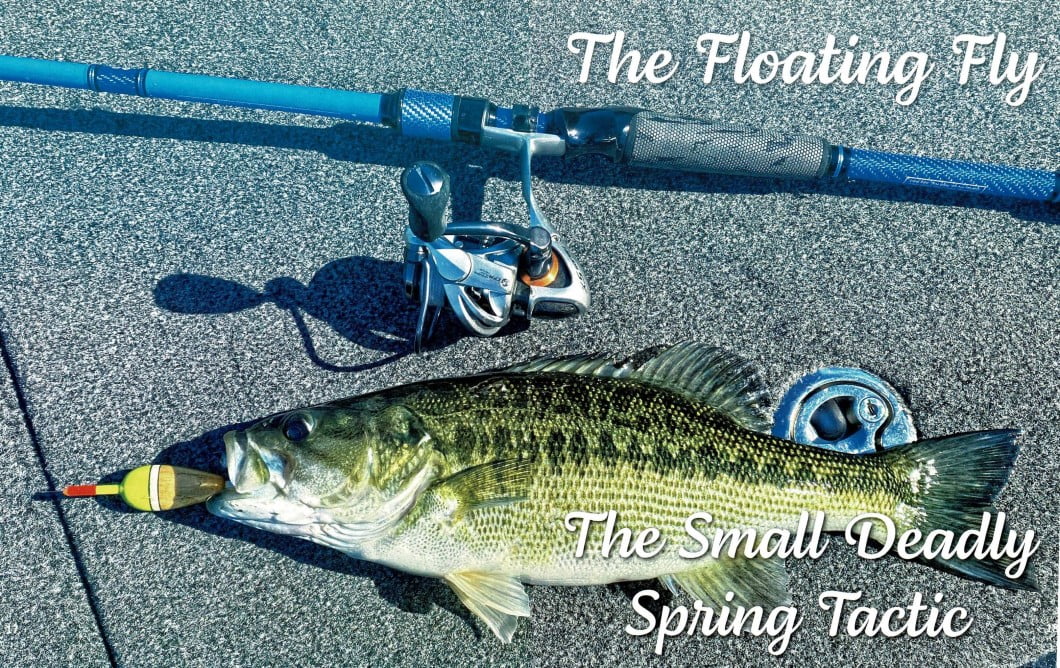

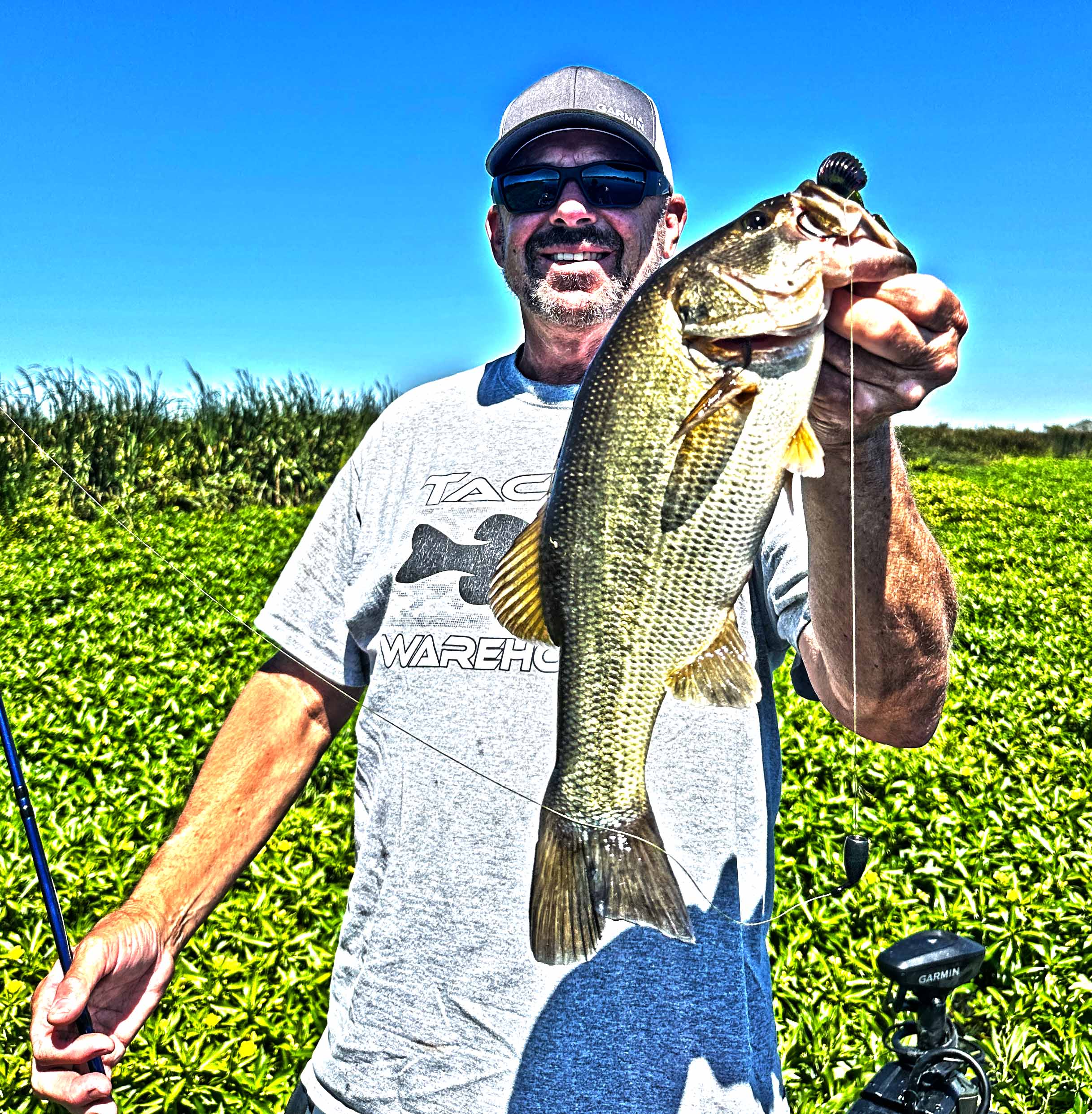
I really like how you talked about the best type of rod to use being light and graphite! I used to fish all the time growing up, but I moved to the city and didn’t have a place to go anymore. Now that I’ve got sons and we live close to the lake I want to get them back into it. I’m glad I found your article to get me back on the fishing train! Thanks for the help!